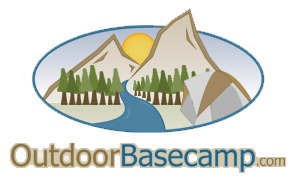Pathfinder1
Well-Known Member
Hi...
Identifying poison ivy, oak and sumac:
These plants contain urushiol, an oil that makes skin itch, burn and break out in watery blisters.
Remember the old saying "leaves of three, let them be" can help you identify poison ivy and poison oak.
POISON IVY. Grows as a low shrub or vine across most of the US. The leaves are attached in clusters of three per stem. I've frequently seen their vines climbing around larger trees.
POISON OAK. The leaves of this plant resemble oak leaves. Tolerant of sun or shade. poison oak grows as a vine in the West, and as a vine or shrub in the Southeast. It typically has three leaflets per stalk, but some have as many as nine per stalk.
POISON SUMAC. With seven to eleven leaflets arranged in pairs, it grows as a shrub or small tree in swampy areas in the Midwest, Northeast and Southeast. It also has reddish seed pods at the end of its stems. Sumac turns red, yellow and pinkish in the fall.
Urushiol can transfer from shoes, clothes...and even from pets and garden tools...to your skin.
Identifying poison ivy, oak and sumac:
These plants contain urushiol, an oil that makes skin itch, burn and break out in watery blisters.
Remember the old saying "leaves of three, let them be" can help you identify poison ivy and poison oak.
POISON IVY. Grows as a low shrub or vine across most of the US. The leaves are attached in clusters of three per stem. I've frequently seen their vines climbing around larger trees.
POISON OAK. The leaves of this plant resemble oak leaves. Tolerant of sun or shade. poison oak grows as a vine in the West, and as a vine or shrub in the Southeast. It typically has three leaflets per stalk, but some have as many as nine per stalk.
POISON SUMAC. With seven to eleven leaflets arranged in pairs, it grows as a shrub or small tree in swampy areas in the Midwest, Northeast and Southeast. It also has reddish seed pods at the end of its stems. Sumac turns red, yellow and pinkish in the fall.
Urushiol can transfer from shoes, clothes...and even from pets and garden tools...to your skin.

